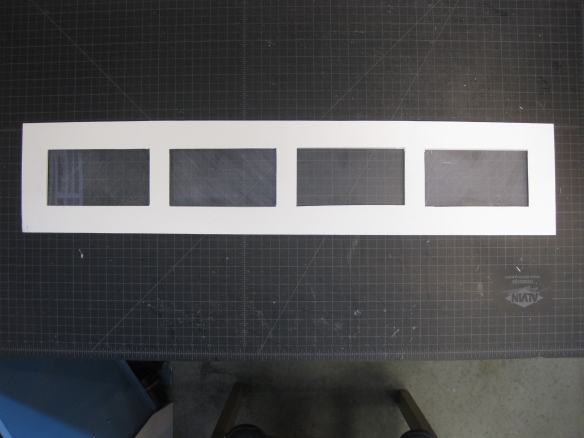Monthly Archives: November 2012
Hypothesis and Question
Nov 8th
Question
The sighted and the visually impaired may share the same physical environment, but they experience it in considerably different ways. Since such a difference in perception exists between these two groups, how can architectural design focus on the senses and maximize a shared perception of environment?
Nov 5th
Question:
How can full sensory design create a shared architectural experience for those who are both sighted and visually impaired?
Hypothesis:
If full sensory perception is accounted for and well incorporated into a design, then the resulting building will provide a dynamic spatial experience that can be shared by both the visually impaired and the sighted because of heightened spatial awareness, clarity and engagement
Possible Site Options
Sketch Models
Model A: Experiments with glass and ocular distortion
Model B: Ocular deprivation googles- Loss of detail and depth perception
Model C: Frames of Vison- (From Left to Right)
1. Total Blindness: Maximum vision loss without ocular disconnect- Only tiny gradients of light between floor and light sources are noticeable
2. Information Disconnect: Simulation of what friend Richard sees – Blurring of vision and complete lack of detail. Color contrasts become emphasized
3. Ocular Damage: Distortion causes when foreign object scraps retina – streaking of light and increased sensitivity.
4. Spotted Vision: Attempt to replicate a glaucoma like vision where chunks of vision are missing forcing the engager to only experience small frames where blockage is lessened.




